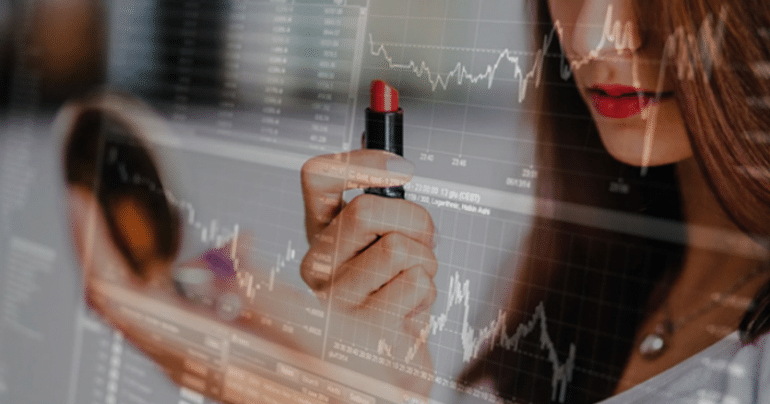Stock markets and bond markets are not the only indicators of an economic downturn. There are many indicators, unknown to the general public, which could, based on proper analysis, indicate these data.
Concerns about an economic downturn have risen recently, mainly due to the war in Ukraine, inflation, and the central banks' plans to tighten economic policies that will limit economic growth.
These fears are reflected in the US bond market through the reversal of the yield curve which is -historically- a sign of impending recession. Investors have begun to sell off their short-term US government bonds and invest in the long term, leading to a 2-year bond yield higher than the 10-year bond.
Despite these indications, several economic analysts have stressed that the reversal of the curve may not be a sign of impending recession, given the supporting elements of the labor market, consumer spending and other, unknown indicators.
Here is the list of these unorthodox indicators, according to CNBC:
"Skyscrapers Index"
The British economist Andrew Lawrence first introduced the "skyscraper index" in 1999. This index links the construction of the tallest buildings in the world with the possibility of economic recession.
According to Lawrence's statements to the NGO Council on Tall Buildings and Urban Habitat, based on historical data from the 19th century onwards, the analyst discovered correlations between the index and financial crises. Examples of his theory are the construction of the Chrysler Building and the Empire State Building in New York during the Great Depression.
Lawrence argues that the completion of these skyscrapers is usually "the swan song of a feverish period of construction."
In terms of recently completed skyscrapers, the Merdeka 118 tower in Kuala Lumpur was completed in late 2021 and is now the second tallest building in the world. At the same time, the construction of the New York Steinway Tower, the "thinnest" skyscraper in the world and the tallest building in the western hemisphere, was completed.
"Men's underwear index"
According to the former head of the Fed, Alan Greenspan, the indicator that investors should watch is that of… men's underwear. The well-known economist mentioned in an interview in 2008 that men's underwear is the last clothes that men will want to buy in case of difficulty. Greenspan stressed that the index of the men's underwear market remains stable but decreases in times of economic crisis.
"Treadmill Index"
The "hem index" was created a century ago at Wharton Business School by economist George Taylor. Taylor's theory holds that the size of the bottom of a woman's skirt shortens when the economy is doing well, and lengthens when there is an economic downturn. Examples of the theory are the short skirts of the 1920s and the miniskirts of the 60s.
Obviously, this theory has many critics. Nevertheless, according to a 2010 study by the Erasmus School of Economics Econometric Institute in the Netherlands with samples from 1921 to 2009, analysts said that "urban myth seems to be proving but is 3 years behind the economic crises ".
"Lipstick index"
Estee Lauder president Leonard Lauder created the "lipstick index" during the 2001 recession, arguing that women are increasing their spending on small and relatively inexpensive luxury goods in times of difficulty.
However, Lauder's theory did not prove to be correct during the recent pandemic, when makeup sales fell due to lockdowns.
"Investors should not base their decisions on these indicators, but it would be good to take a look," AJ Bell chief executive Russ Mold told CNBC.
Mold argues that when prices for luxury goods such as champagne and works of art rise sharply along with rising stock values, corporate bond repurchases, mergers and acquisitions, investors should be concerned that "such an optimistic (bull) market is not going to last forever. "
economytoday.sigmalive.com
